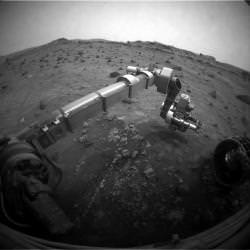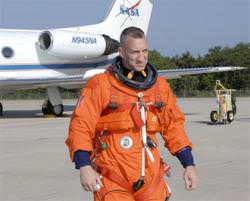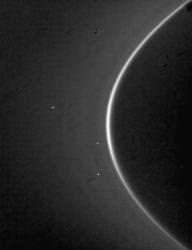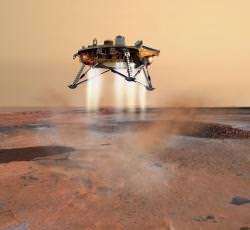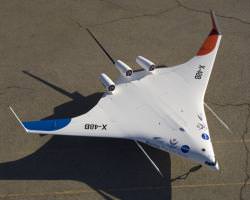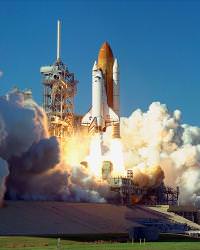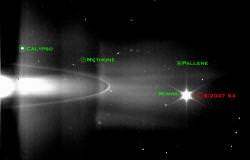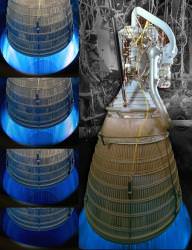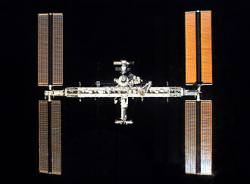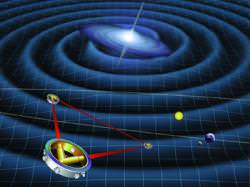The dire condition of the Mars Exploration Rovers has improved a bit in the last few days. That series of dust storms circling the planet has eased off a little, and the skies are started to clear up. This is giving both Spirit and Opportunity a much needed boost to their solar powered electrical systems.
On August 6th, 2007 Spirit’s solar arrays collected a total of 295 watt hours; Opportunity gathered 243 watt hours. This is a significant improvement over the last few weeks, when the dust storms dropped Spirit down as low as 261 watt hours, and Opportunity down to 128. At those levels, engineers were worried that the rovers might not be able to even keep their sensitive electronics heated overnight.
With the skies clearing up, Spirit even has enough energy to start doing some science again. Operators will command the rover to move its robot arm for the first time in three weeks. Its job will be to position its microscopic imager to take a series of photographs of two soil targets and a rock target. Opportunity will stay put, but make observations of the Martian atmosphere.
The increased sunlight has allowed both rovers to fully recharge their batteries, and the night time temperatures have warmed up a little, decreasing the risk of freezing their electronics.
NASA managers are still pretty wary, though, and have a cautious take on the situation:
“Conditions are still dangerous for both rovers and could get worse before things get better,” said John Callas, rover project manager at NASA’s Jet Propulsion Laboratory, Pasadena, Calif.
“We will continue our cautious approach to the weather and configure the rovers to maintain a high state of charge on the batteries. Communication sessions with both rovers will remain limited until the skies clear further.”
Sounds like a good idea.
Original Source:NASA News Release

